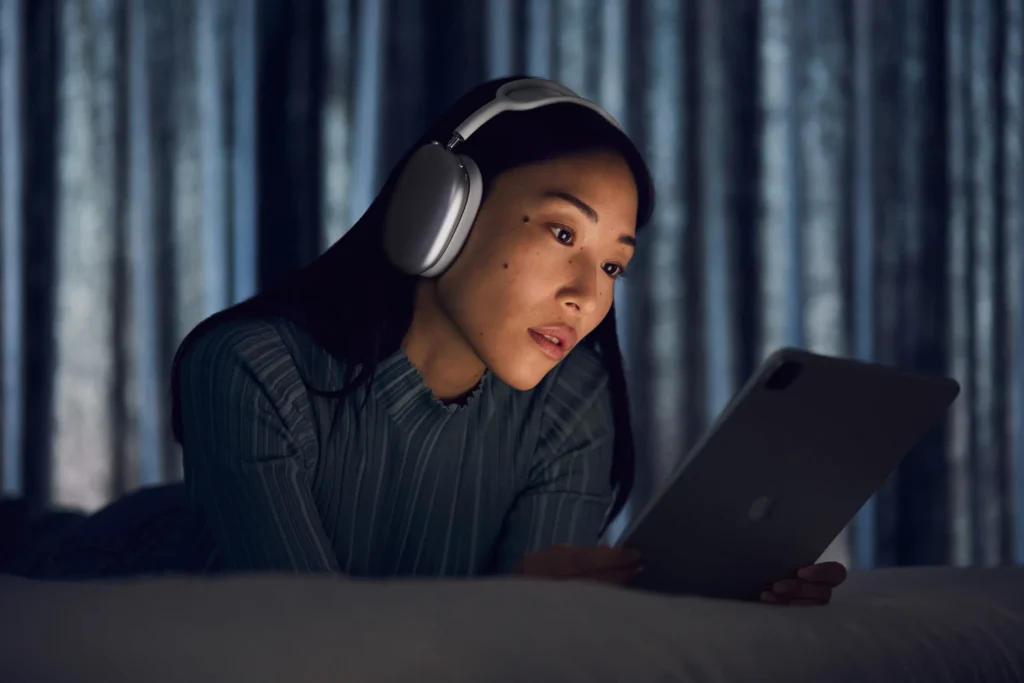Nokia made a breakthrough in communication technology by demonstrating the first ever spatial audio phone call over a cellular network. This innovation utilizes spatial audio, a technology that creates a more realistic and engaging experience for users by enabling them to perceive sound in a three-dimensional space. Traditional phone calls rely on monophonic audio, which essentially flattens the audio experience by cramming everything into a single channel.
Spatial audio, on the other hand, leverages spatial cues to create a sense of directionality. Imagine being able to hear the traffic whizzing by on your left ear while your friend’s voice is coming directly from your right ear during a phone call. That’s the magic of spatial audio.
This advancement is powered by the Immersive Voice and Audio Services (IVAS) codec, which is being developed as part of the upcoming 5G Advanced standard. Nokia is a major contributor to the IVAS codec standards, which are poised to usher in a new era of immersive communication experiences. But beyond phone calls, spatial audio has the potential to revolutionize various applications within the 5G ecosystem, including the Internet of Things (IoT).
While some might scoff at the idea of needing spatial audio in phone calls, its significance lies in its potential to enhance future technologies. Remember all the hype surrounding 5G when it was first introduced. The true power of 5G goes beyond enabling faster downloads on your phone. It’s about creating a hyper-connected world where devices and appliances seamlessly communicate with each other.
Imagine a security camera equipped with spatial audio, allowing you to not only see but also hear exactly where a suspicious sound is coming from in your backyard. Spatial audio could also elevate the gaming experience on mobile devices by creating a more immersive soundscape.
The beauty of incorporating spatial audio into the 3GPP (3rd Generation Partnership Project) standards is that it paves the way for universal adoption. This means that any phone on any network could potentially support spatial audio, not just in phone calls but also in standard video calls facilitated by your phone carrier.
The need for spatial audio in phone calls might be debatable. Let’s be honest, do we really need to pinpoint the exact direction of a passing car honking its horn while on a call? Probably not. But the true value of this innovation lies in its potential to improve future technologies and applications that will be powered by 5G.
Just like the development of 5G itself, spatial audio might seem like a frivolous perk at first, but it has the potential to become a game-changer as technology continues to evolve.
The author acknowledges that some might find the idea of spatial audio in phone calls to be a gimmick. After all, do we really need all the bells and whistles like 4K displays on phones or expensive smartwatches? The point is, just because something might not be essential for everyone doesn’t negate its potential value for others. There will undoubtedly be users who appreciate the enhanced realism that spatial audio can bring to phone calls, particularly in situations like conference calls with multiple participants.
However, the bigger picture lies in the broader implications for the future of 5G technology. The concept of the Internet of Things (IoT) throws around a lot of jargon, but it essentially refers to the ever-growing network of interconnected devices.
Spatial audio has the potential to significantly improve the user experience of various IoT applications. Take a security camera for instance. With spatial audio capabilities, a homeowner wouldn’t just be able to see a potential intruder on camera, but they would also be able to hear exactly where the intruder is coming from within their property. This can provide crucial information during a security scare.
If you like the article please follow on THE UBJ.
